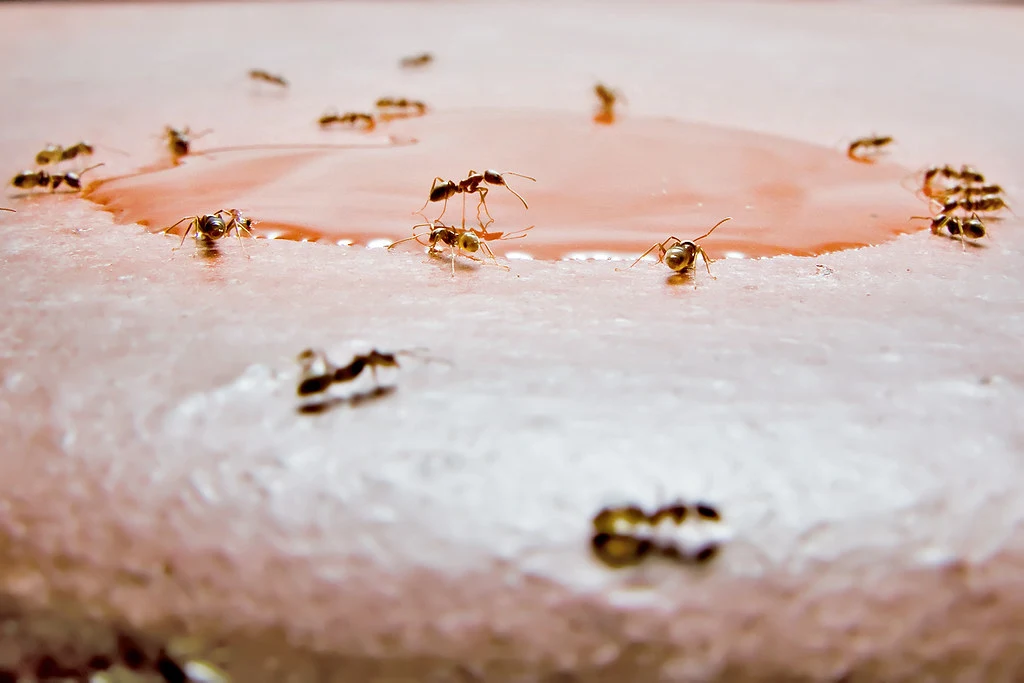Simple Sugar Water Recipe for Ant Feeders and Colonies
For anyone keeping ants, providing proper nutrition is key to a thriving colony. Simple sugar water for ants is a fundamental food source providing carbohydrates for energy. This is often a core part of what to feed pet ants especially when considering beginner ant feeding. Understanding how to make sugar water for ants correctly ensures you’re providing a safe and effective homemade ant food.
Understanding Ant Diet Needs
Ants need a balanced diet. Protein is crucial for brood development and growth, while carbohydrates provide the energy adult ants need for foraging and daily activity. Sugar water fills that carbohydrate need perfectly. Think of the ant diet sugar water as their quick energy drink, essential for workers covering distance.
It’s part of comprehensive ant care sugar water offers not just food but also a source of hydration solution, particularly important in drier setups or environments.
Simple Ant Sugar Water Recipe
A common and widely recommended ant sugar water recipe uses a simple ratio. This sugar water ratio for ants balances nutritional needs with avoiding too much sugar which can be hard for them to process or ferment quickly. You only need two ingredients for this simple ant nectar:
- Granulated white sugar
- Clean water (bottled or filtered is best, avoiding tap water chemicals like chlorine)
For many species, a 1:3 ratio of sugar to water is considered the best sugar water for ants for regular feeding. Some prefer 1:4 for longer storage potential or species less keen on intense sweetness. This is your base for a simple sugar water ants solution.
How to Prepare Ant Nectar
Preparing ant food, specifically liquid ant food DIY like sugar water, is easy but requires attention to cleanliness. Mixing sugar water for ants safely is important to prevent contamination.
- Measure your clean water into a container.
- Add the appropriate amount of sugar based on your chosen ratio (e.g. 1 part sugar to 3 parts water). So for example, mix one teaspoon of sugar with three teaspoons of water.
- Stir until the sugar is completely dissolved. It may help to use slightly warm water but let it cool fully before offering it to your ants. Preparing ant food shouldn’t involve heat exposure for the ants.
- Let the mixture cool down to room temperature before putting it near your ants. This makes it safe sugar water for ants.
This process of making ant nectar results in a natural ant food recipe focused purely on the sugar source.
Using Sugar Water Feeders
Once your DIY ant sugar water is ready, you need a way to present it to your colony. Various ant feeder sugar water designs exist. Common ones include test tubes plugged with cotton or small, shallow dishes.
When setting up an ant feeding station recipe isn’t really followed, it’s more about filling the feeder safely. Fill your chosen feeder carefully to avoid spills inside the outworld or nest. For a sugar water for ant farm or artificial setup, smaller specialized liquid feeders work well, preventing drowning risk.
Knowing sugar water ants how to access it is important for success. Ensure the ants can reach the liquid without getting stuck. Cotton plugs wick the liquid and let ants drink from the surface, which is very effective.
Final Considerations for Feeding Ants
Feeding your ant colony food recipe should also involve monitoring and sanitation. Sugar water can mold or ferment quickly, especially in warm humid conditions. Replace the simple sugar water ants can access every couple of days.
Always clean feeders thoroughly between refills to prevent harmful bacteria or mold growth. Providing a constant source of fresh sugar water for ant farm residents or colony members is part of responsible ant keeping.
This easy ant food recipe is just one component of their overall diet. Remember to also offer a protein source appropriate for your specific ant species. Using this guidance on preparing ant food, especially making ant nectar like this simple ant nectar, sets you up for successful feeding whether you’re providing a general feeding pet ants guide or detailed ant colony food recipe.
